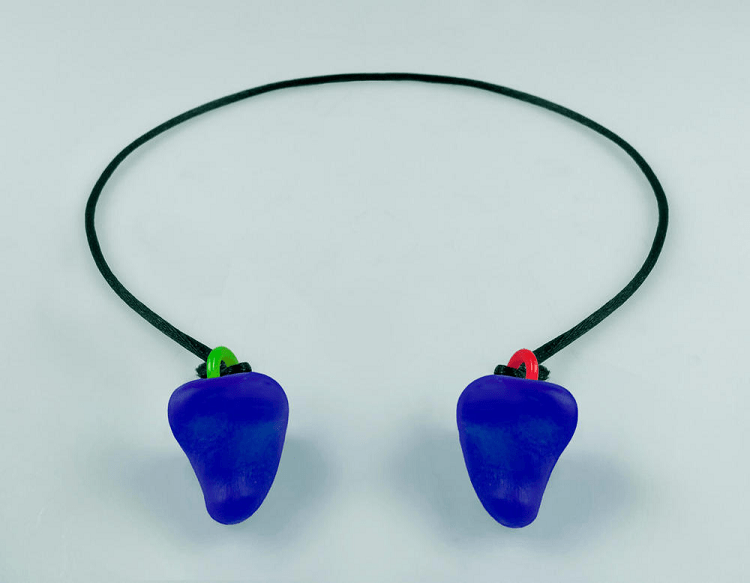If you want to make sure that to protect your hearing, then you need to make sure you protect your ears. That means wearing earplugs when needed. Moulded earplugs not only offer superior comfort, they also drastically reduce noise. The innovative and protective plugs can also shield the ear from bacteria and water. Therefore, you can use earplugs when sleeping, swimming, or when you are exposed to noisy environments.
An Innovative Way to Protect the Ear
Moulded earplugs are suggested as they are not only comfortable, they significantly reduce noise and are ideal for keeping water out of the ear. Earplugs are now designed that feature antibacterial materials that prevent outer and inner ear infections. You only need to soften a moulded earplug in hot water and place it comfortably in your ear. Lanyards are supplied as well so you don’t misplace or lose your plugs.
Ringing in the Ears – A Tell-Tale Sign of Hearing Damage
It has been determined that loud music at festivals, concerts, and clubs can damage your hearing. That is why wearing earplugs can assist in protecting your ears. About 90% of people experience ringing in the ears after listening to music that is too loud – a warning sign that indicates that they may be damaging their hearing.
Assessing the Risk of Damage
The risk of the damage is determined by the loudness of music or a sound, the length of the exposure, and the susceptibility to noise. However, by accessing www.zenplugs.com/molded-earplugs, you can take the proper measures to protect your hearing and prevent future damage. In order to determine how loud is too loud, you need to know how sound is measured.
Measurements of Sound
Sound is measured in decibels, which is represented by the measure of db. Experts suggest that any exposure to noise that is above 85 dB can result in hearing damage. To give you an idea of the sound levels of various noises, a quiet room at night emits about 20 dB of noise. Ordinary conversations rank around 60 db. The traffic noise along a city street is around 70 db.
You get into the hearing danger zone when you are exposed to the following:
- The sound of a pneumatic drill at 100 dB
- The maximum volume on an mp3 player at 100 dB
- Night club noise and music at around 110 dB
- A rock concert emits noise at about 115 dB
- When an aeroplane takes off, it crushes the eardrums with 120 dB of noise
A General Rule of Thumb
Without the use of sound measuring equipment, it can be difficult to determine the loudness of a sound. As a general rule, if you need to raise your voice to talk to someone standing at a distance of two metres away, the noise is sufficient enough to damage your hearing. If any sound ever hurts your ears, then you need to leave the area immediately.
Because decibels act as ratios, the louder the volume of sound, the less time you can listen to it to avoid damaging your hearing. For each 3 dB increase in a measure of volume, the time you have to listen to a sound is halved before hearing damage occurs. If you are listening to music that is 100 dB, you only can listen to it for approximately ten minutes.












